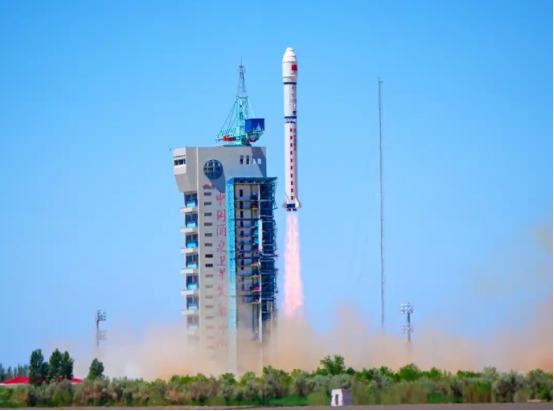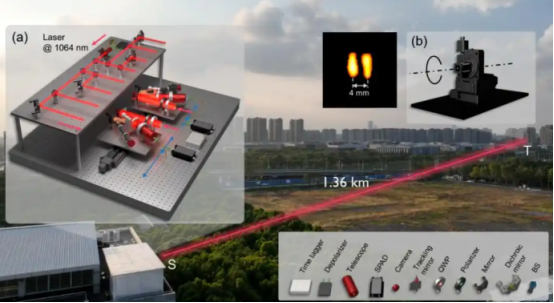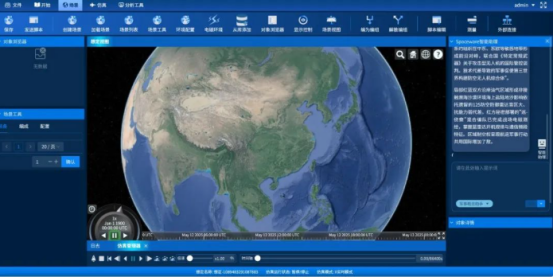At 12:12 on May 14, the world's first space computing constellation was successfully launched from the Jiuquan Satellite Launch Center. A total of 12 satellites were included in this space computing constellation launch.
The first - launched constellation will build an open and shared space computing system and create a space - based intelligent computing infrastructure through inter - satellite laser high - speed interconnection, stable constellation networking, and distributed computing power scheduling. The constellation will complete the on - orbit verification and application of space - based computing basic functions such as space computing system chain establishment, networking, and cloud formation. The construction of the first - launched constellation will build a future computing power network, achieving a transformation from "celestial data processed on Earth" to "celestial data processed in space" in specific scenarios. It will meet the growing demand for instant space computing, help China take the lead in building a space computing infrastructure globally, seize the commanding heights of future industrial frontier tracks, and break through the boundary of the artificial intelligence field from the ground to space.

The University of Science and Technology of China, in collaboration with domestic and international research institutions, has first proposed and experimentally verified the synthetic aperture technology based on active optical intensity interferometry, achieving high-resolution imaging of millimeter-level targets 1.36 kilometers away. The imaging resolution of the experimental system is approximately 14 times higher than that of a single telescope in the interferometer. Related achievements were recently published in the international authoritative academic journal Physical Review Letters.

Named "Huashan," this product first applies large language models to the aerospace field, using AI to assist users in intelligent spacecraft control, orbital calculation and analysis, command code generation, and other in-orbit management tasks of spacecraft. Through data learning, it can quickly and intelligently conduct remote diagnostics on a faulty satellite and provide solutions. In addition, by inputting orbital data of some satellites, it can real-time generate dynamic trajectories of multiple satellites, helping R&D personnel better design constellation orbit changes.

Recently, the research team from Xi'an Technological University has achieved the automatic generation of military simulation scenarios through artificial intelligence. What would take a traditional commander 48 hours to arrange, AI can reconstruct 10,000 possibilities in 48 seconds. AI has directly become the producer of various combat environments, troop deployments, event - logic - based combat strategy content. This is not just an improvement in efficiency, but a complete subversion of the traditional manual scenario - setting. Based on this research result, a new - generation intelligent simulation system based on AFSIM has been completed in cooperation with relevant enterprises.

The mobile police terminal based on OpenHarmony has now made its debut. According to the introduction, the mobile police terminal products based on OpenHarmony are widely used in the following scenarios:
Daily Patrol and Public Security Prevention and Control: Hand - held law - enforcement PDAs, law - enforcement recorders and other devices support face recognition, license plate capture and real - time video transmission, helping the police to complete daily patrols and public security prevention and control.
Emergency Response and Anti - Terrorism: In the event of an emergency, the terminal supports multi - modal communication and multi - department coordinated operations.
Intelligent Case - Handling and Administrative Quick - Processing: It is applied to functions such as electronic transcripts, video inquiries and automatic document generation.
